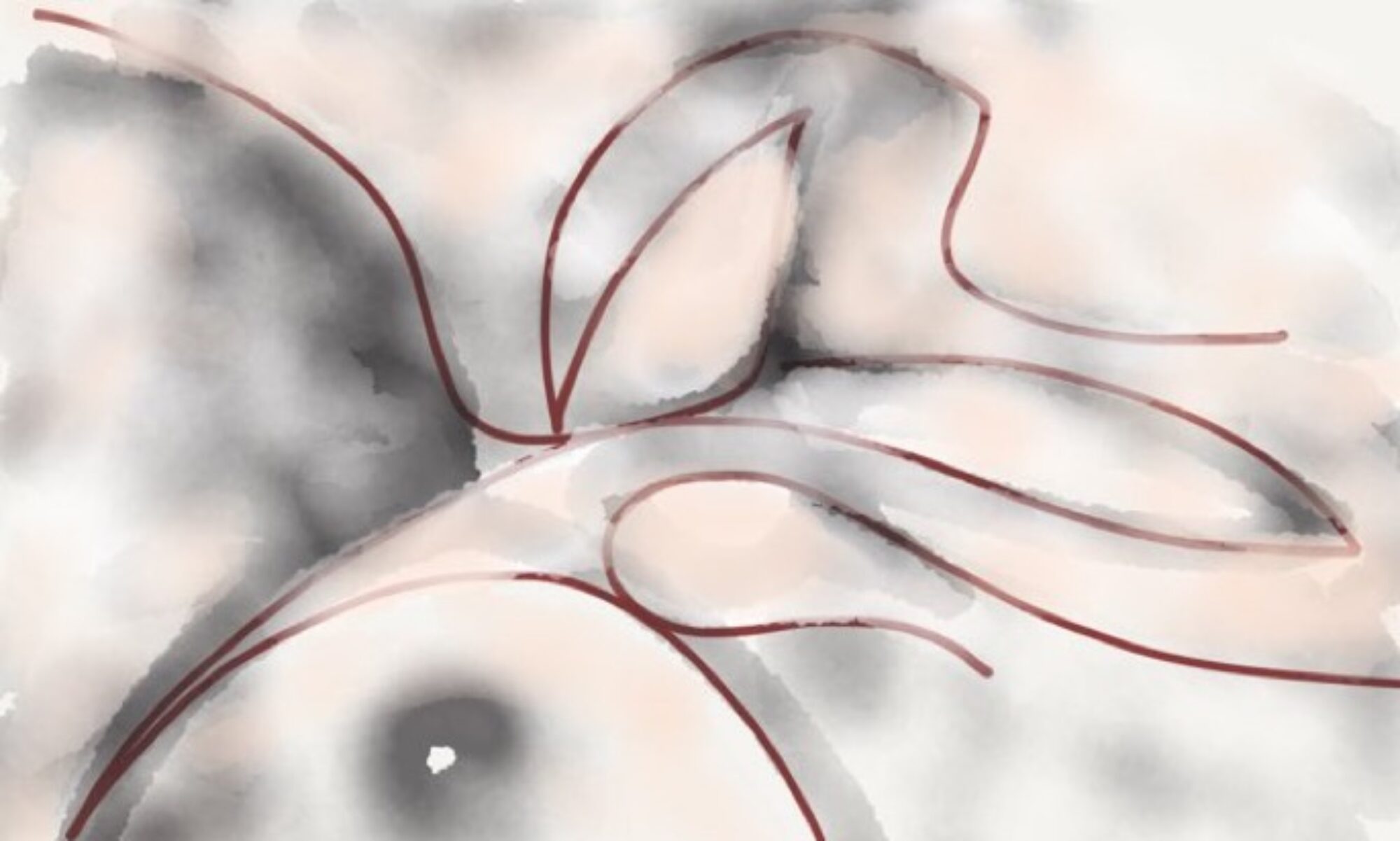fortress of my defenses fell down
in one moment, just a moment
my deep defenses were raged to ground
you said
what was true
but why did it take so long for me to understand
should i call you when i miss you
or when you may feel better,
my entire confidence in my sensitivity was dissolved
now, i am going to relearn, recaliberate and renew
faith in my intuition, yours has left a lot for me to learn and still grow
ma kaali tum shant mat ho
ma kaali tum shant mat ho
klant hridaya mein karuna
jaatey huey tumhara mudna
kisee pathik ka kisee pukar ka na sunana
yeh saab kya hai
prarthana hai kya terey dwar
tiraskrit hain sarey adhikar
phir bhi karuna bhara swar
terey mandir mein aaj phir goonja
kuchh yaad raha, kuchh kpi hai aaj bhoola
chalo phir se bahayey nadiya mein
sara ka sara bhram
aur karey maha prayan
tum muskurao, aur mera tootey abhiman
pashano ka hriday bhed, nadiya bah gayi,
pashano ka hriday bhed,
nadiya bah gayi,
kisee kinarey ki alochana ki parwah bina,
jaaney wo lahar kya keh gayi
jab tak main poochhata,
ek ke baad ek kinoron ko tod,
wo jheel bani
ab usmey kamal jo khiley, unhey kya main poojata
patience was renamed as perseverance,
when the patience was renamed as perseverance,
the steps of a stair became wings of a bird
it flew all the night till it was tired
took rest under a tree which was shaken by heavy rain
it seems she sensed its shaking roots and flew again
the bird is flying endlessly
but the tree has been swallowed by the currents of heavy downpour
whose silence was swallowed by whose words,
whose silence,
was swallowed by whose words,
who knows,
but does it matter,
when the sounds of the silly stirrings of a breeze went astray,
collided with waves of untamed sea,
witness was worried,
will he have to record the collision,
he melted quietly in the misty air,
you have inhaled his spirit,
let him be washed away in the waves,
gone astray
bahut kareeb se mat deklhieye
bahut kareeb se mat deklhiey
is khat ko,
ho sakta hai bantey waqt jo
kamiya reh gayi thi kagaj mein,
wo dikh jayeyn
majmoon to padha nahin jayey
par kagaj ki timardari mein samay gujar jayey
aayieye thoda door chaley
aankhon par lagey chashmey ki dhool utarey, thoda aankhey maley,
jo dikh raha hai,
kabool nahin ho pa raha
kyun aur kamiyan nikaley
kyun khushiya dutkarey
aur ho sakey to de nazm ki aahuti
aashirwad na bhi miley
par dhueyen ki gurbat ko salam to kar ley
in an island in the sea,
breaking boundaries,
brought a river in spate,
but then did it care if some lost their place,
i am quietly standing, like a rock,
which will be pulverized sooner or later,
and then will you be able to locate the dust you liked
in an island in the sea,
hazy, hesitant but visible nevertheless
not every seeker got what she wanted
at your door
yet people seek answers to their quest
why not put up a sign board outside
seekers are invited to face silence
and yet answers will be sought,
may be the journey is the answer
no road ever told,
no road ever told,
where will it turn,
nor did i ask when she fused into a misty nowhere,
but then now that it is the morning,
and the jumbled hairs are lying outside your window,
you must have tried hard
to disentangle your hairs night
last night,
kuchh muskarao to baat ko bananey ka mauka to miley
kuchh muskurao to
hotho ko thoda dabao to kuchh baat aagey badey
kuchh muskaro to
jindagi mein kai baar aisa bhi to hua hoga,
kuchh kaha aur kuchh suna hoga
thoda usko dohrao to baat aagey badey
thoda muskaro to
tum khamosh wahan door tak nigahey failao
kuchh dekho aur kuchh mujehy mere bheetar dikhlao
ab thoda befikra ho kaho,
jo bhi hai man mein to baat aagey badey
thoda msukaro to
